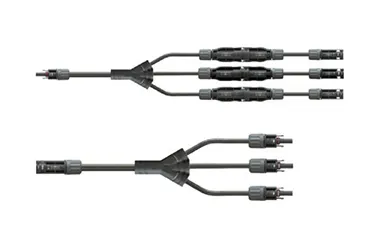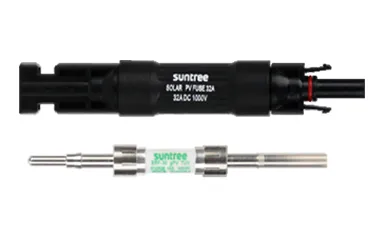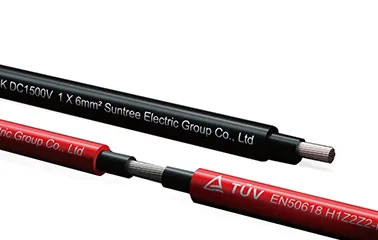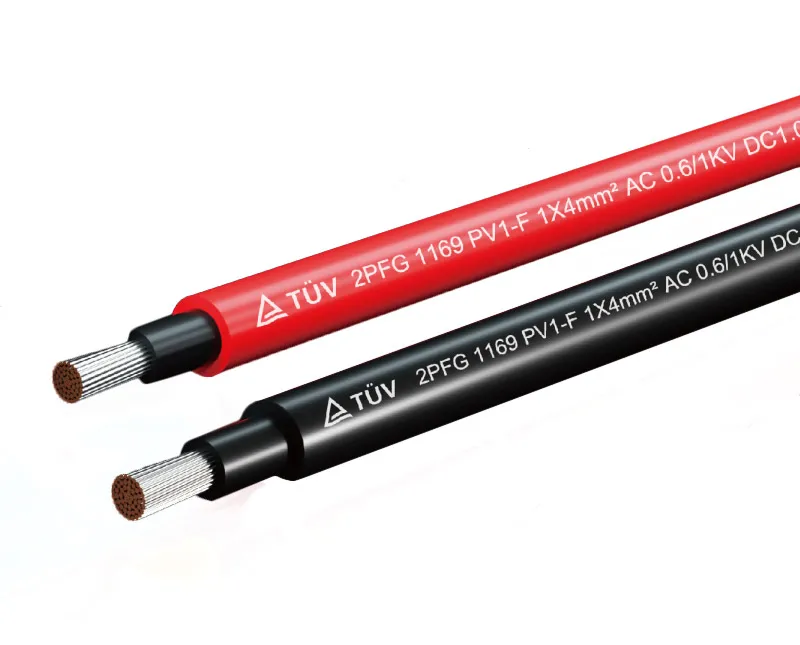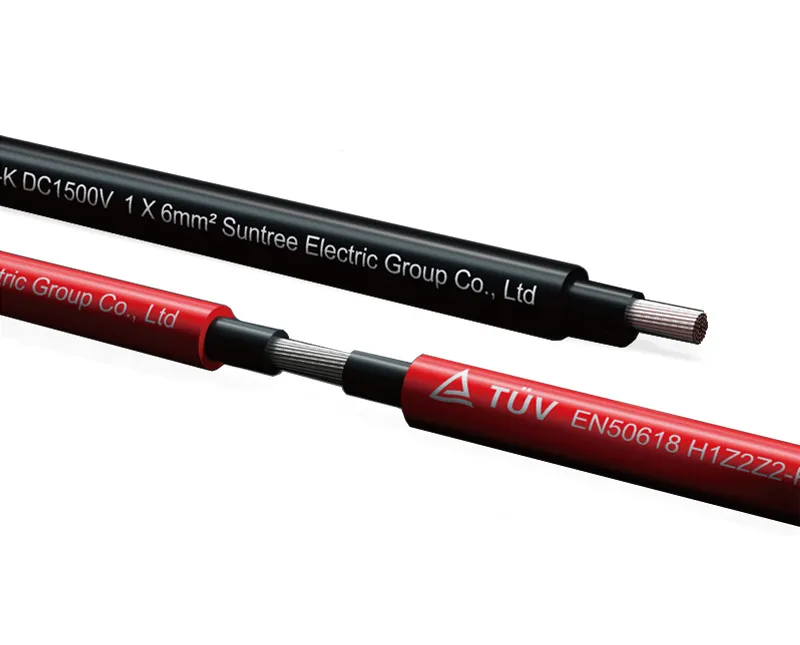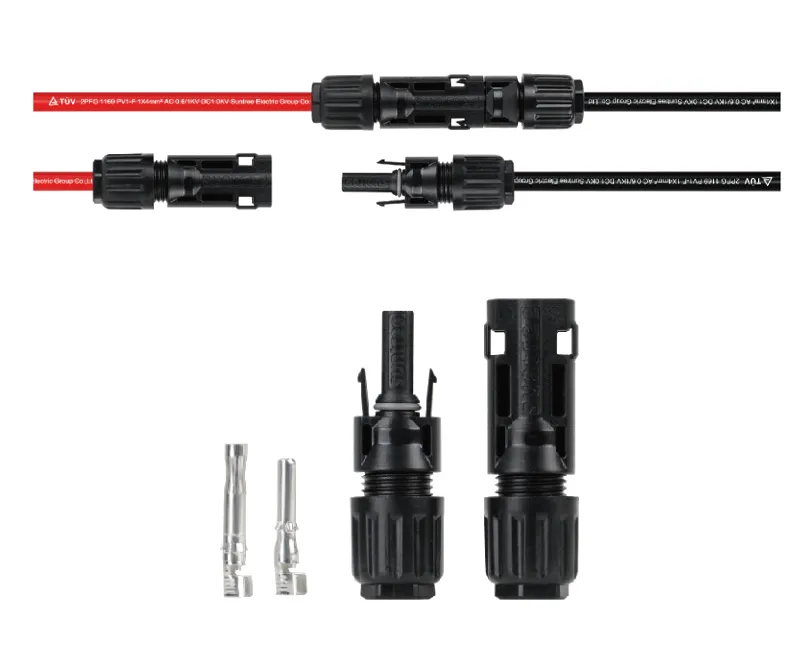Solar Panel Wiring: A Complete Guide for Beginners
Connecting solar panels correctly is essential for an efficient solar power system. This guide explains the basic wiring methods and important considerations.
Basic Wiring Configurations
Solar panels can be connected in two primary ways:
● Series connection: Increases system voltage while keeping current the same (connect positive to negative)
● Parallel connection: Increases current while keeping voltage the same (connect positive to positive and negative to negative)
For example:
● Two 12V/5A panels in series produce 24V/5A
● Same panels in parallel produce 12V/10A
Key Components Needed
A complete solar system requires:
● Solar panels (photovoltaic modules)
● Charge controller (regulates battery charging)
● Inverter (converts DC to AC power)
● Batteries (for energy storage)
● Cables and connectors (MC4 connectors are standard)
Step-by-Step Connection Process
1. Connect panels to controller: Positive to positive, negative to negative
2. Connect controller to battery: Match positive and negative terminals
3. Connect inverter to battery: This provides AC power output
4. Test system: Check voltage and current before connecting loads
Important Safety Tips
● Always wear insulated gloves when working with solar wires
● Ensure all connections are tight and waterproof
● Turn off system before making any connections
● Use proper wire gauges to prevent overheating
Choosing Between Series vs. Parallel
Consider these factors:
● Series better for long wire runs and high voltage needs
● Parallel better when partial shading may occur
● Hybrid (series-parallel) combines benefits of both
Technical Considerations
● Cable length between panels and inverter should typically not exceed 100 feet (30m)
● PV1-F solar cable (4-6mm²) is recommended for most installations
● Use multimeter to verify correct voltages before operation
Common Mistakes to Avoid
● Using undersized cables
● Mixing different panel types in same string
● Forgetting to include fuses/breakers
● Poor weatherproofing of connections
Professional installation is recommended for large or complex systems, especially grid-tied installations that require permits. For small DIY projects, following manufacturer instructions and basic safety guidelines will help ensure successful solar panel wiring.

